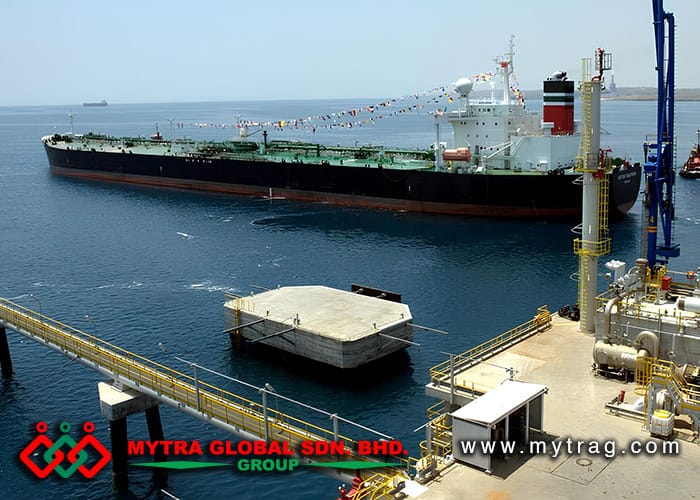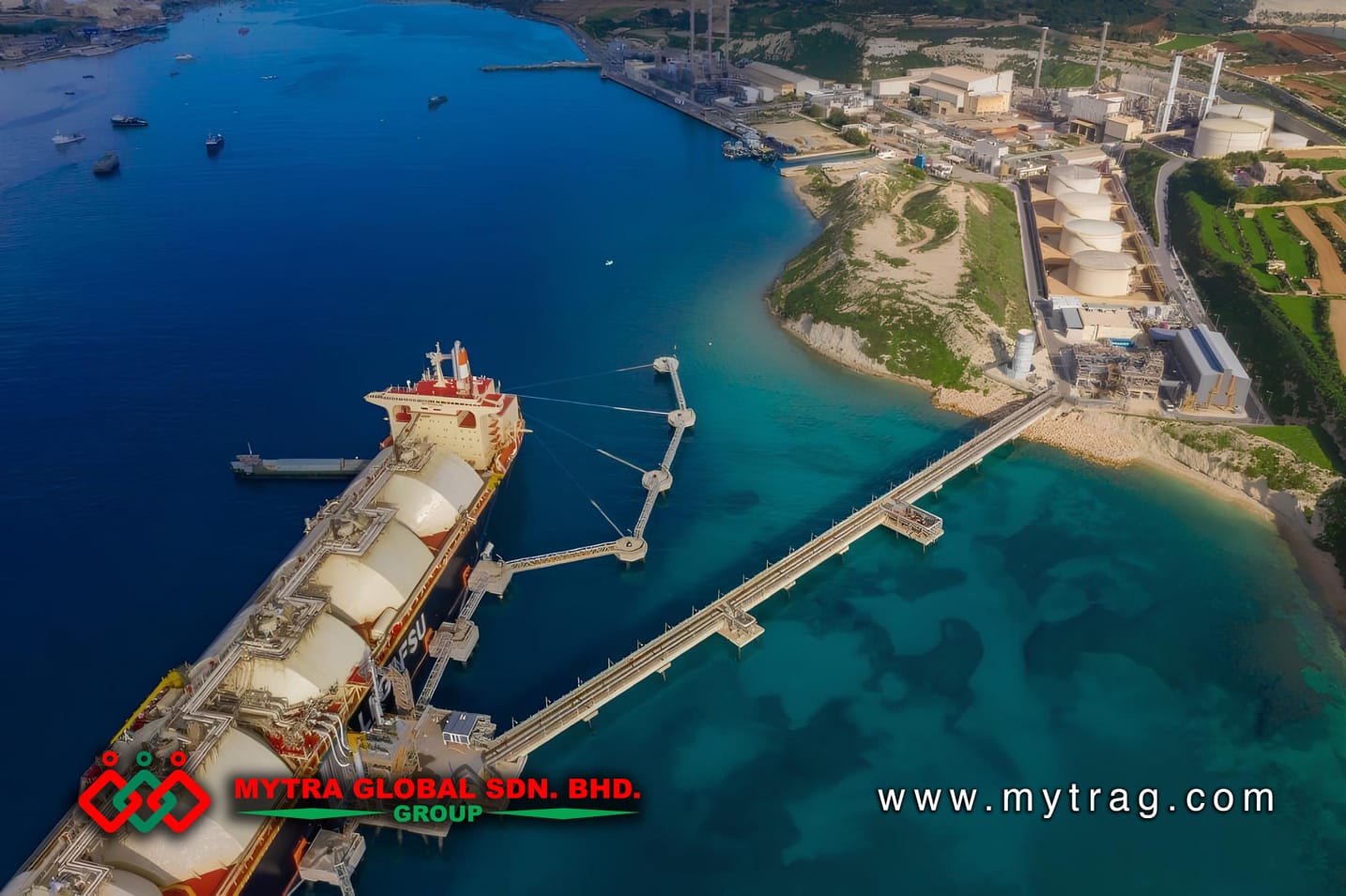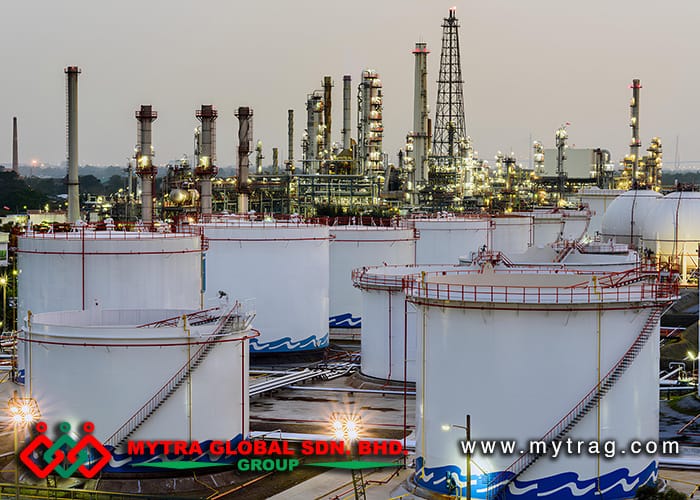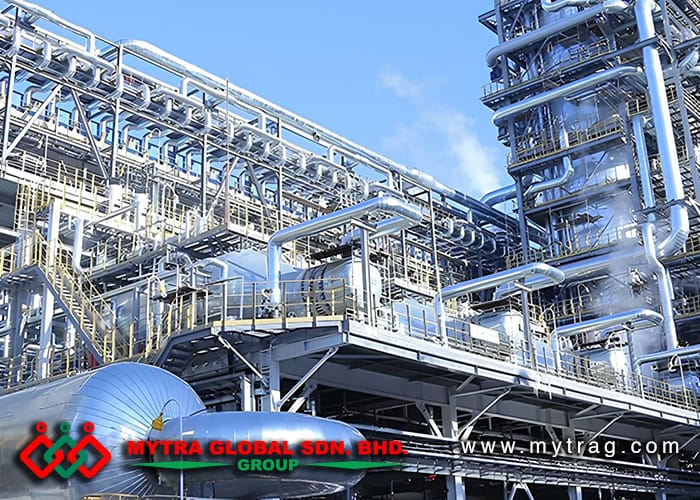Mytrag.com – OPEC has downgraded its global oil demand growth forecasts for the third consecutive month, acknowledging a slowdown in fuel consumption. In its latest monthly report, the Organization of Petroleum Exporting Countries estimates global oil demand will rise by 1.9 million barrels per day in 2024—106,000 barrels less than its previous forecast. The revision reflects updated data and slightly weaker expectations for certain regions.

Despite the downward adjustments, OPEC’s demand outlook remains more optimistic than projections from Wall Street banks, trading houses, and even Saudi Aramco. The group’s forecast is also roughly double that of the International Energy Agency.
OPEC’s actions signal a growing unease about the global oil market. The group, led by Saudi Arabia, has delayed plans to restore 2.2 million barrels of daily crude production until December, two months later than originally scheduled. Market analysts, including JPMorgan Chase and Citigroup, doubt the group will move forward with these increases due to slowing demand from major consumers like China and rising supplies from other regions, particularly the Americas.
While the recent conflict in the Middle East has supported oil prices, crude is still trading at around $77 a barrel—too low for some OPEC members. The coalition’s efforts to stabilize prices have been complicated by inconsistent production cuts from countries like Iraq, Kazakhstan, and Russia, which continue to pump above their agreed quotas.
Iraq has made some progress toward its target, cutting output by 155,000 barrels per day in September, but still remains above its goal. Kazakhstan increased production by 75,000 barrels, while Russia reduced by 28,000 barrels but also stayed above its ceiling at roughly 9 million barrels a day.
OPEC+ will make a decision on whether to proceed with the planned December production hike in the coming weeks, with a key meeting set for Dec. 1 to discuss output policies for 2025.



